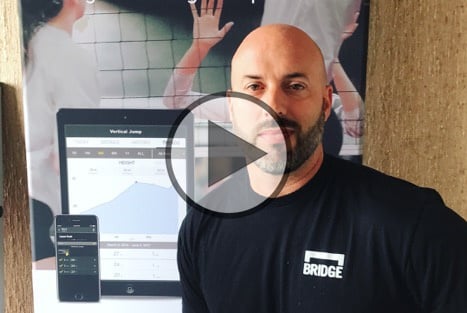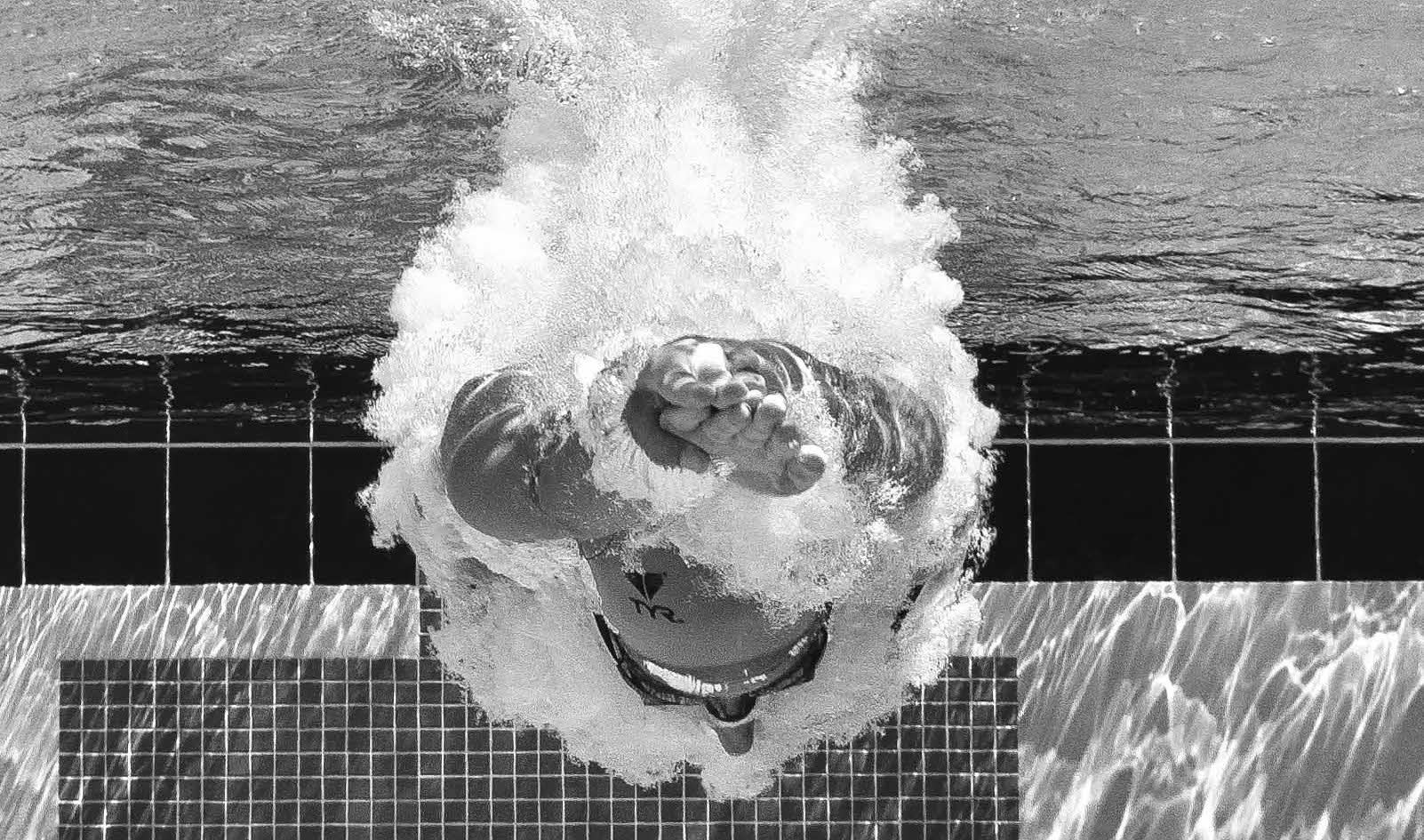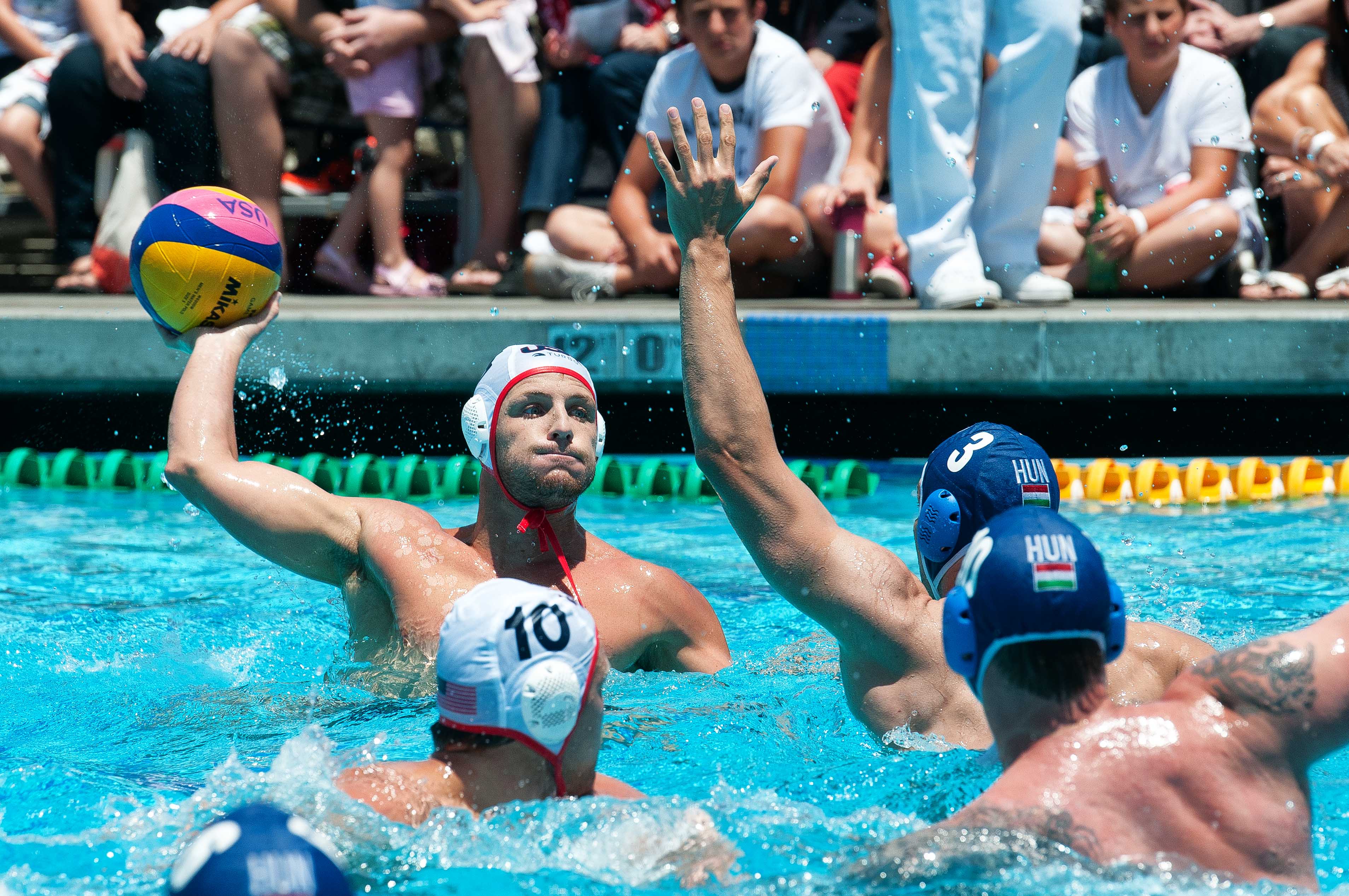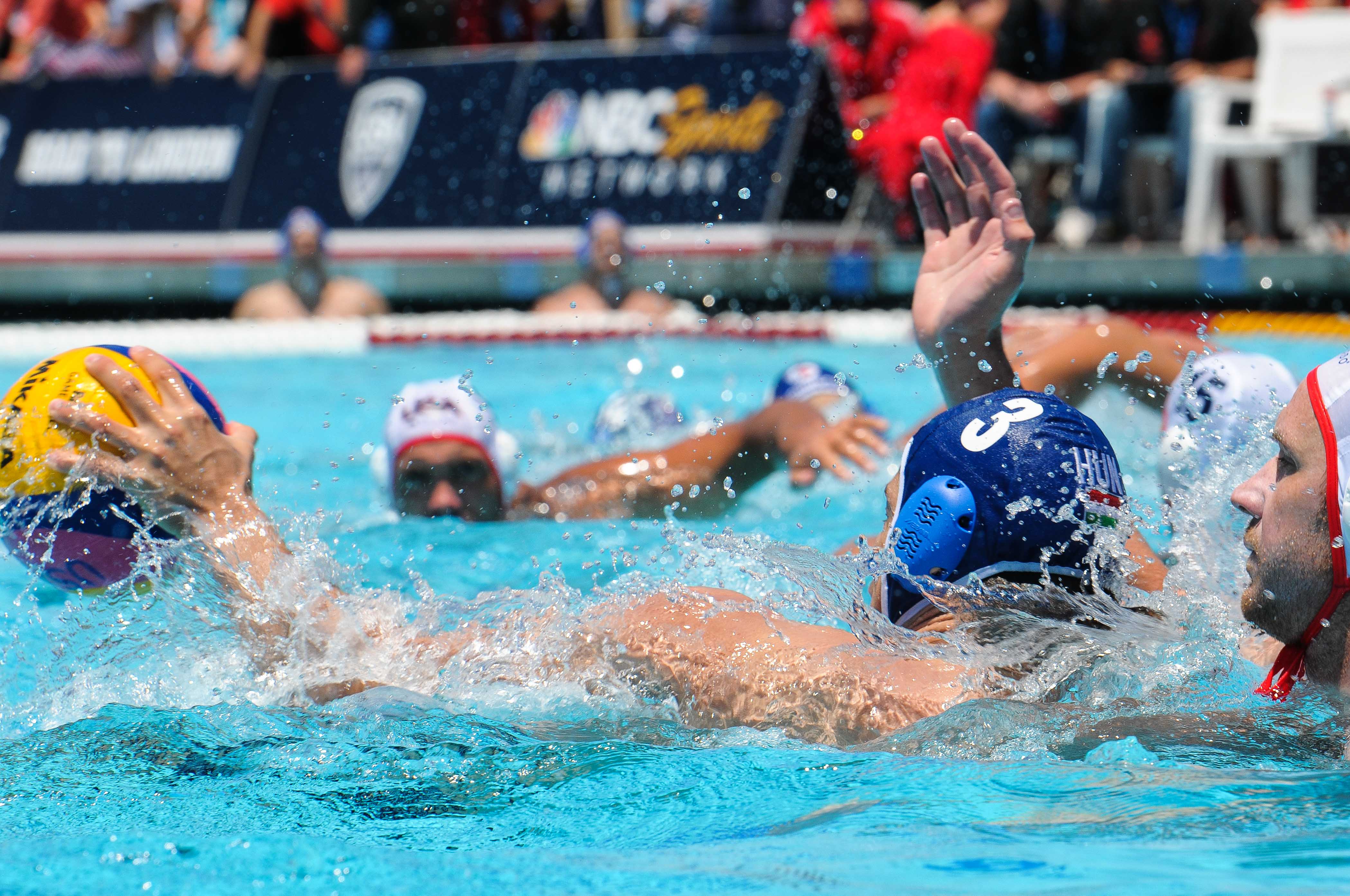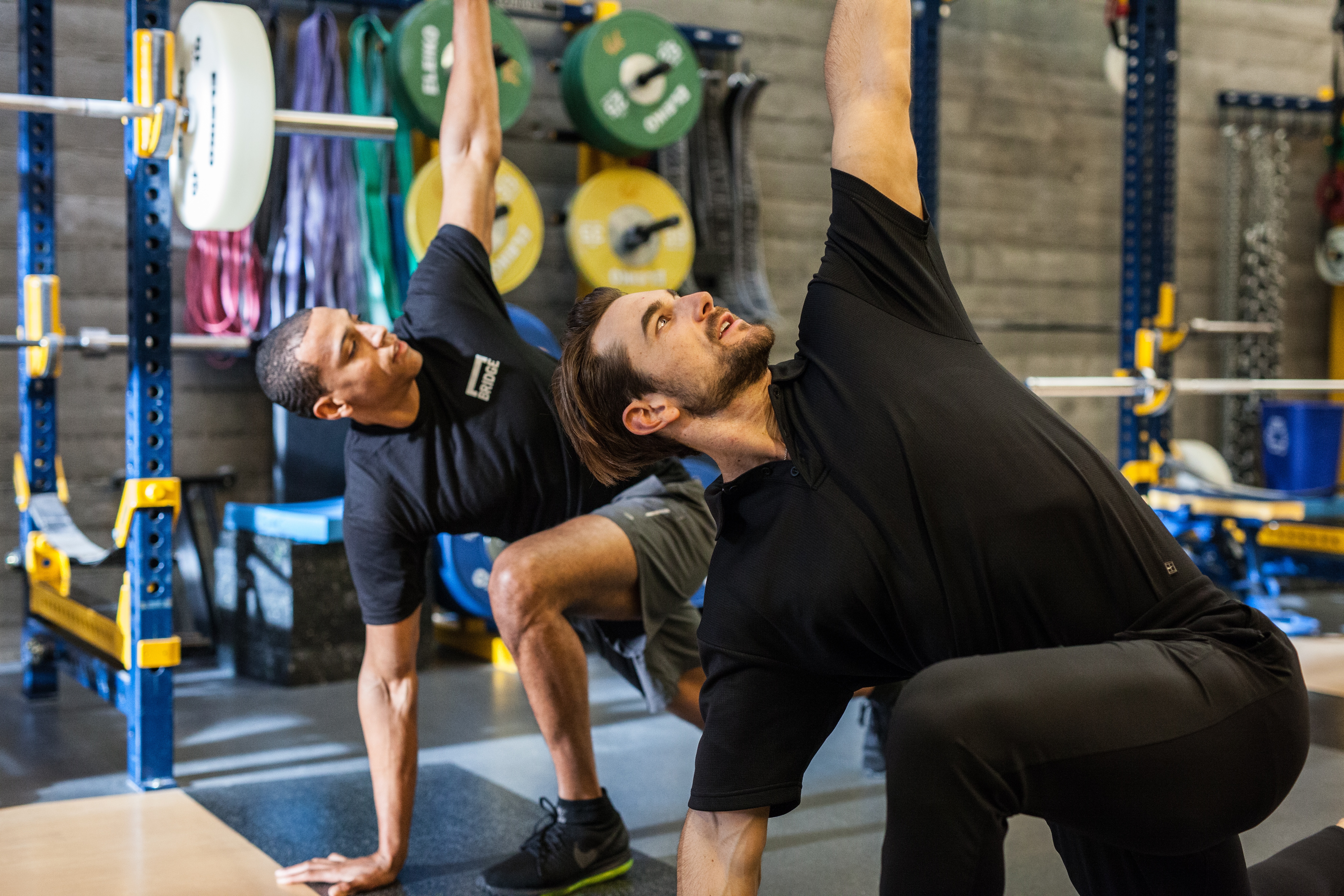With over 18 years of experience coaching youth, high school, collegiate, Olympic, and professional athletes, Juan Pablo Reggiardo, has always been involved in sports. With a background in physical therapy and strength and conditioning, Coach Reggiardo has worked mostly with volleyball and basketball programs, and has won multiple National Championships with Stanford women’s volleyball and golf. We had the opportunity to host a webinar featuring Coach Reggiardo where he discusses how he and the BridgeAthletic Performance Team create and deliver customized strength training for volleyball clubs and players. We talked with Coach Reggiardo about this and how clubs can implement individualized training for multiple teams and athletes of different ages and skill levels. Tailoring strength and conditioning programs based on a player’s age, experience level, equipment accessibility, training time, and major tournament dates will contribute to maximizing that player’s potential on the court.
Read MoreThe omnipresent thought of a season ending shoulder injury can create hesitation and prevent water polo players from reaching their maximum potential. In general, water polo players are at a higher risk for a rotator cuff injury due to the nature of the sport’s throwing techniques and shoulder patterns. Unlike most sports that involve throwing, water polo players aren’t able to use their legs for support during the action so more strain is placed on their shoulder muscles in order to complete the repetitive motion. Water polo players can reduce their risk of shoulder injuries through prevention programs and exercises, which aim to strengthen surrounding muscles and increase overall stability, flexibility, and mobility.
Read MoreThe transition to college athletics can be an exciting, yet daunting time for first-year student-athletes. Playing sports at the collegiate level requires another degree of challenge and dedication to the sport. In order for first-year athletes to be successful at this level, it is essential for them to understand the expectations they must uphold from their school, professors, and sport coaches. Players should use the collegiate level as an opportunity to craft their skills and take their game to the next level, while balancing the many other aspects that come with college life.
Read MoreOftentimes in swimming, it is said that a flip turn will make or break a race. Considered to be a “blind” turn, a swimmer’s head should stay directly in line with their body and not look around at their competition when completing the motion. The goal of a flip turn is to eliminate extra drag and remove any unnecessary body movements to quickly change directions. Swimmers must trust themselves when coming to the wall in order for it to be a successful transition. While a large part of a swimmer’s focus should be on the somersault going into the flip turn, an explosive push off the wall can be the determining factor on out touching opponents.
Read MoreCan Social Media Provide a Competitive Advantage in Athletic Performance?
By Lillian Hinrichs on August 15, 2017
There are endless forms of technology in today’s tech-savvy world, and social media, in particular, has become the preferred method of communication for millennial athletes and plays a major role in sports of all levels. Oftentimes, people think that technology is detrimental in sports for a player’s performance when, in reality, it can be very beneficial. Social media has changed the way players communicate with the world and how they prepare for competition. Whether coaches or athletes are using technology, it is a great way to promote upcoming events, increase program awareness, and announce major team accomplishments. Players can use technology to their benefit by getting in the right pre-game mindset and use it as motivation to perform to the best of their ability.
Read MoreThere are many different elements that strength coaches must consider when designing water polo and position-specific strength programs. Whether players are just beginning to build strength or are well-developed professionals, the most effective strength and conditioning programs implement progressions. In water polo specifically, players in all positions must have strong legs in order to rapidly propel themselves, and leg strength is crucial for staying ahead of the game, building power, and achieving success in the pool.
Read MoreRecovery Between Water Polo Games to Improve Athletic Performance
By Sarah Connors on August 04, 2017
Recovery is an important process to implement for players in order to prevent injury, reduce fatigue, and enhance athletic performance. After an intense game, players should re-fuel their body and incorporate a variety of recovery methods to prepare for the next game, especially during long tournaments. Below is a list of six specific recovery tips that water polo players should do to accelerate recovery and enhance performance in the pool for back-to-back games.
Read More
Every day we hear championship stories about how BridgeAthletic's strength training software is helping coaches and athletes achieve their goals and overcome obstacles. These stories motivate us to build better athletes across all sports. Featured in this #BridgeBuilt Series is Chris Finn, owner of Par4Success, Physical Therapist, Strength and Conditioning Specialist, and TPI certified golf-medical professional, who breaks down how he's using BridgeAthletic to help train golf athletes at every level, both in person and around the world.
Read More
The transition into college athletics is not always easy for athletes. It can be particularly difficult for players that are not in shape or for players that are used to being the star and now find themselves sitting on the bench. It is crucial for collegiate athletes to use time in the offseason to stay physically fit and prepare for the upcoming season. New players do not want to come into preseason behind and be trying to play catch-up all season long. While preparing for the collegiate level, players should prioritize strength and conditioning, nutrition, and sleep.
Read More
